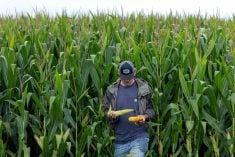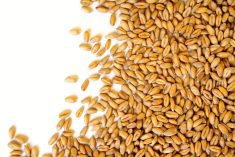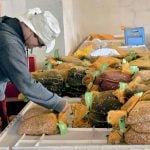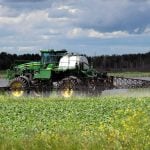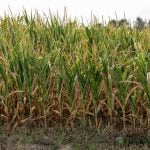Glacier FarmMedia — With dry conditions in Australia’s southern production regions, the United States Department of Agriculture attaché in Canberra projected reduced wheat production for 2025/26. The attaché wrote in their report released on July 28 that Western Australia, South Australia and Victoria had low soil moisture levels going into wheat planting and there was below-average autumn rains.
As those states are responsible for two-thirds of Australia’s wheat crop, the Canberra desk pegged total output at 31 million tonnes compared to 34.11 million in 2024/25. The estimate is based on a reduced harvested area of 12.50 million hectares, down from 13.06 million and a smaller yield of 2.48 tonnes per hectares versus 2.61.
Read Also
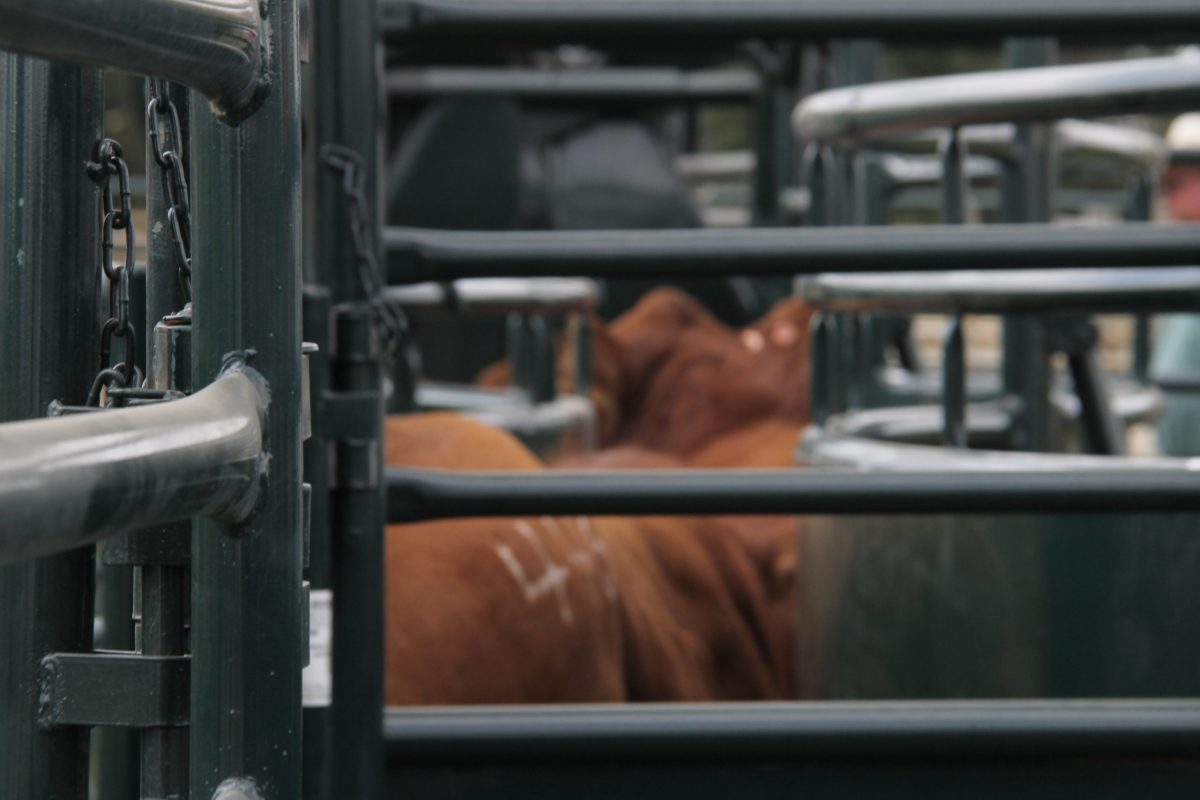
U.S. livestock: Feeders continue to fall; live cattle level out
Chicago live cattle futures leveled out to finish on either side of unchanged, Tuesday, after days of precipitous declines. Feeders…
The report noted that with the less than ideal conditions, farmers in the south switched to planting more barley and less wheat. However, the report said the Australian Bureau of Meteorology forecast above-average winter rains for the country’s south, which may help temper production losses.
Wheat exports were projected to increase in 2025/26 at 25 million tonnes, compared to the revised lower 23 million in the previous year. A drop in wheat shipments to China last year was largely responsible for the revision.
Total domestic consumption is to bump up to 8.10 million tonnes from eight million. The Canberra desk pointed to Australia’s expanding beef industry for the increase.
That’s to lower ending stocks to 4.38 million tonnes from 6.25 million as they move closer to more typical levels.




